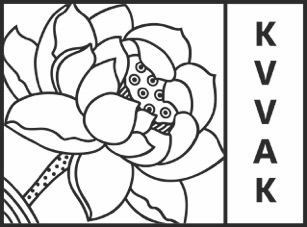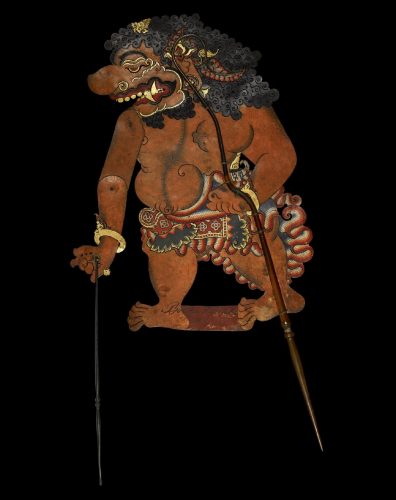
Diving into provenance- Asian Art objects in museums
Recently, there has been a lot of media attention about the provenance of, amongst others, Asian Art collected during colonial times. The Royal Asian Art Society in the Netherlands would like to inform its members of the its viewpoint on this matter and any possible consequences for its collection, as well as the Rijksmuseum’s viewpoint and the current research on provenance and collection history.
The symposium van be viewed live online via the link https://youtu.be/2CNa-9zlmiA
The recording of the symposium will be available on the KVVAK Youtube channel.
Programme
11.30 CET – Registration
12.00
Welcome by Pieter Ariëns Kappers, chair KVVAK (in Dutch)
Rijksmuseum and provenance research by Taco Dibbits, director Rijksmuseum (in Dutch)
Focussing on two objects from the NMVW collection by Klaas Stutje – provenance researcher Pilotproject Provenance Research on Objects of the Colonial Era (PPROCE) (in Dutch)
Sir Stamford Raffles’ collections from Java: European evidence of civilisation (in English) by Alexandra Green, Henry Ginsburg Curator for Southeast Asia, British Museum, Referent: William Southworth, curator Southeast Asia, Rijksmuseum Amsterdam
13.35
BREAK
14.15
The KVVAK’s collection policy by Renée Steenbergen, board member and vice chair KVVAK (in Dutch)
The disputed provenance of Javanese sculptures in the collection of the KVVAK (in English) by William A. Southworth, curator Southeast Asia, Rijksmuseum Amsterdam
Q&A, Moderator: Renée Steenbergen
16.00 End
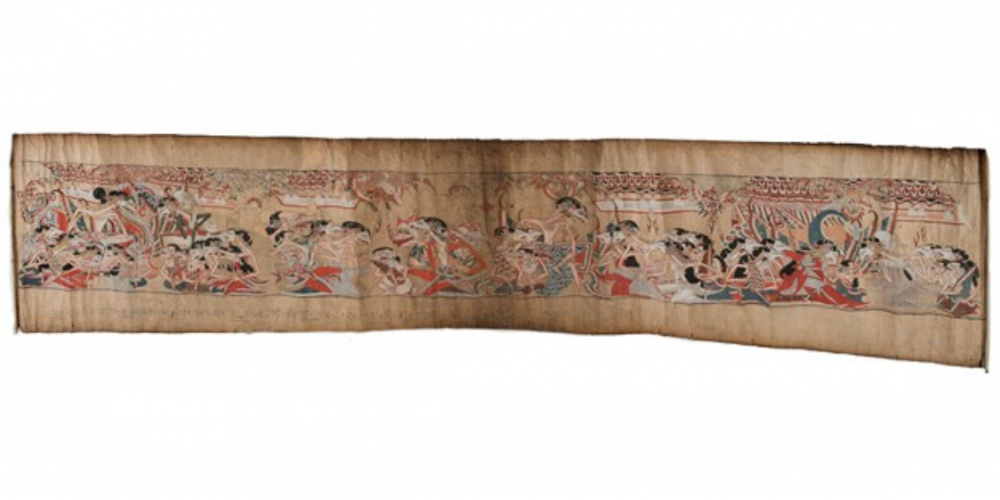
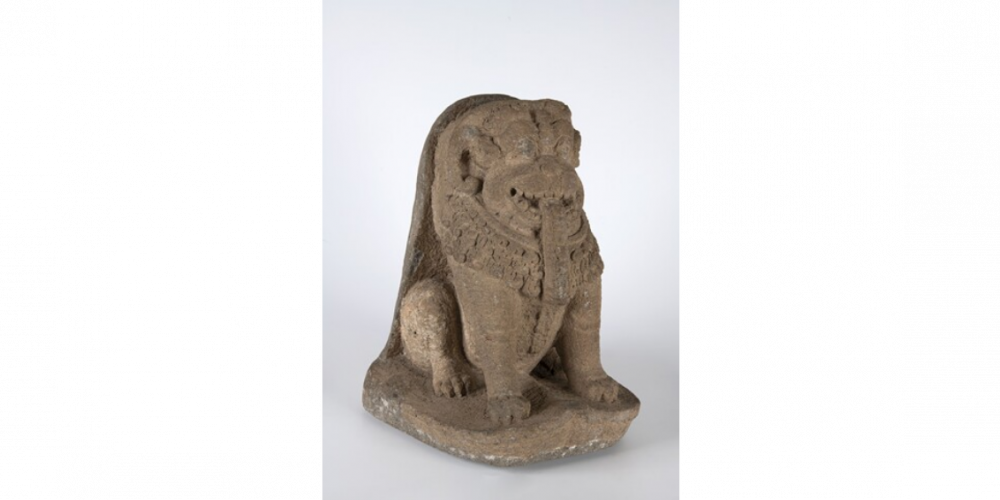
Lecture Klaas Stutje
Klaas Stutje will discuss two objects from the Nationaal Museum van Wereldculturen’s collection.
1. a set of six wayang bèbèr boards with the story of Panji, and
2. a stone figure of a Singha from the collection Tillmann.
The wayang bèbèr boards are of interest due the objects’ rarity, the KVVAK’s focus on objects of arts, the mysteries surrounding their acquisition and due to the past discussion of whether they are objects of antiquity or temporary culture.
The Singha is interesting because it is a Hindu-Javanese object and as such fits the KVVAK’s collection and because, as stated in the museum’s information, it used to be part of the KVVAK collection in the 1930s.
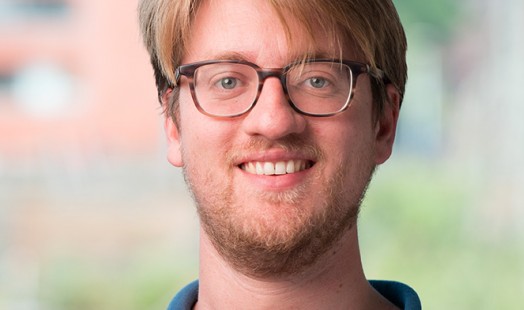
Klaas Stutje
Klaas Stutje is a researcher at the NIOD and is currently working as a provenance researcher for the Pilotproject Provenance Research on Objects of the Colonial Era (PPROCE ). This project of the Rijksmuseum Amsterdam, the Nationaal Museum van Wereldculturen and the NIOD Instituut voor Oorlogs-, Holocaust- en Genocidestudies, aims to develop a method for researching provenance of collections with a colonial context. The projects maps out the steps to take when researching the provenance of colonial collections, exemplified by cases from Indonesia and Sri Lanka. The project runs from November 2019 until the end of 2021 with the help of the Dutch Ministry for Education, Science and Culture.

Alexandra Green- Sir Stamford Raffles’ collections from Java: European evidence of civilisation
There are more than 2,000 objects collected by Sir Stamford Raffles on Java at the British Museum. These comprise more than 360 drawings of ancient Hindu-Buddhist architecture and sculpture, several hundred coins, more than 350 shadow puppets, 137 masks, over 120 metal sculptures, and a few stone sculptures, as well as wayang klitik, wayang krucil gilig, and gamelan instruments. Because of these large bodies of material, Raffles has been called
an early anthropologist, but if the collections are examined in conjunction with his writings and presentations, including the History of Java published in 1817 and his lecture to the Batavian Literary and Scientific Society in 1815, it becomes apparent that these objects reflect very different, and exclusively European, conceptions, particularly opinions of what constituted a civilised society at the time. Partnered with notions of scientific investigation that emerged in the mid eighteenth century, Raffles’ ideas about the stages of civilisation materialised as an extensive collection with the appearance of late nineteenth and twentieth century methodological thoroughness. However, though large, the skewed shapes of the collections indicate Raffles’ lack of understanding of Javanese culture on Javanese terms. It is argued here that rather than representing early anthropology, Raffles was instead collecting material to support his ideas regarding the relatively advanced state of civilisation, according to European standards, displayed by the Javanese. This lecture explores what Raffles collected and why, as well the various ways in which the material arrived at the British Museum and what this can tell us about colonial collecting and the development of museums in Europe.
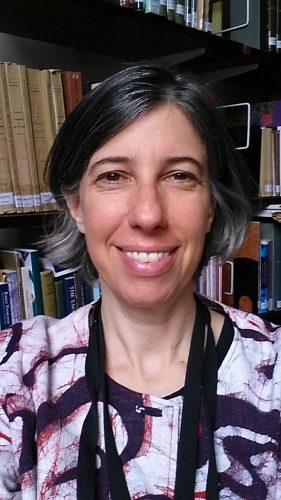
Alexandra Green
Alexandra Green is Henry Ginsburg Curator for Southeast Asia at the British Museum. She has a PhD on the subject of 18th century Burmese wall paintings from the School of Oriental and African Studies, University of London.
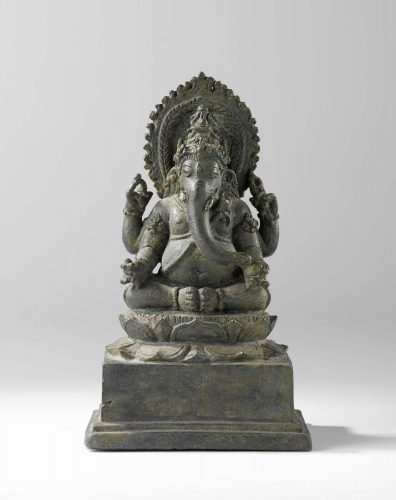
The KVVAK's collection policy 1918 – 1940
In the 1920’s the VVAK started building its own collection of Asian Art.
What was at the root of the Society’s collection policy during its first period, how and where were some of its important objects acquired?
Board member and art historian Renée Steenbergen explains the Society’s initial collection policy followed by a lecture by William A. Southworth, curator Southeast Asia, who will discuss the provenance of some of the KVVAK’s art objects acquired during the interbellum.
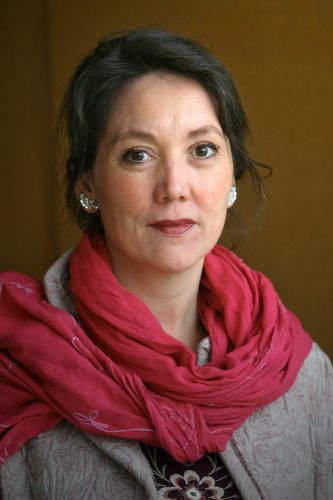
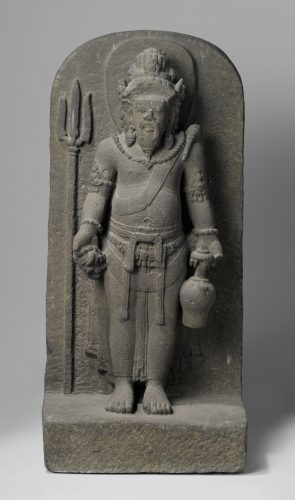
William A. Southworth-The disputed provenance of Javanese sculptures in the collection of the KVVAK
This lecture will discuss the provenance of a small group of sculptures and bronze images in the collection of the KVVAK, including a bronze statue of the Buddha found in East Java (AK-MAK-193) and a stone statue of Agastya or Mahaguru from Central Java (AK-MAK-238). Both statues have been linked in the archives or publications of the KVVAK with episodes of colonial violence and have been selected for this reason. Although the presentation will argue against any military association in the history of these statues, it nevertheless aims to demonstrate the growing need for a wider involvement of the Society in provenance research. Issues of legal ownership and the contemporary destruction of heritage will also be addressed.
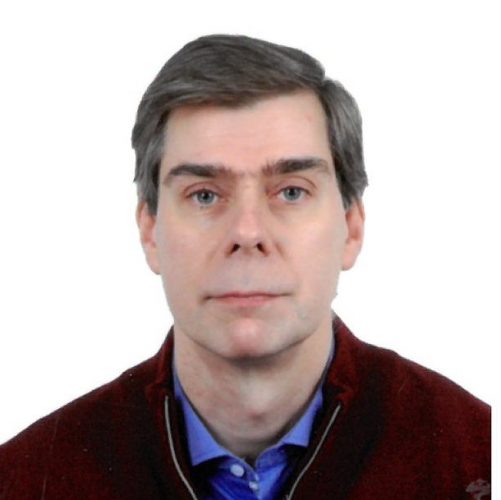
William A. Southworth
William A. Southworth is curator of Southeast Asian art at the Rijksmuseum, Amsterdam. He completed his PhD at the School of Oriental and African Studies (SOAS) in London on the Champa culture of central Vietnam. He has previously been a fellow of the International Institute of Asian Studies (IIAS) in Leiden, focusing on Java, and worked as an archaeological consultant at the Centre of Khmer studies (CKS) in Siem Reap, Cambodia.
